As athletes develop in the sport of CrossFit, there’s a few stages of “learning to pace” that they typically go through.
Many folks start off always pushing the intensity – attacking a workout just about as hard as they can, and barely holding on to the finish.
Then, at some point, they typically learn that they should have a plan, pull back on their pace on the assault bike, and understand what their split times are on conditioning pieces.
In this stage, many athletes also become focused on planning out all of their sessions and creating a mental “spreadsheet” of how things are going to go.
While better than having no plan and being totally reckless, the downsides here are that athletes typically become overly rigid and unadaptable – and they struggle when they are unable to stick with their plans.
In the highest order stage of pacing development, athletes are able to formulate a plan, but intuitively understand when to deviate from the plan – either to speed up, slow down, break early, push harder, or go faster than they intended in order to psychologically break a competitor.
Check out the full conversation with Luke and Todd to learn:
- Why the role of a coach isn’t just to write workouts, but to design scenarios that require athletes to learn about themselves and their effort through the process of training
- Why the deep intuitive sense of pacing that elite athletes have developed causes them to explain their strategies in ways that can be confusing and inaccurate
- When an athlete should work on learning to pull back – and when an athlete should work on learning to push harder
Listen below – or on the podcast player of your choice.
Listen Here
- iTunes
- Overcast
- Google Podcasts
- mp3
- Or stream here:
- If you’re enjoying the show, why not a leave a review? It makes a difference in terms of other people finding the show.
Show Notes:
- [0:15] There’s a standard trajectory that many athletes follow while learning to pace: not having any strategy and going out too hot, then learning to plan and over-planning, then developing an intuition for how to react on the fly based upon how they’re feeling in a workout.
- [3:52] Workouts are not “just work” – athletes should be trying to learn about their pacing strategy and their reaction to different scenarios (ie splits for each interval of a rowing workout, fractioning strategies for gymnastics, etc)
- [8:31] Athletes tend to go through a phase of over-calculating pacing. At this stage, attempt to force adaption through strict structure; instead, there needs to be acceptance and understanding of the need to deviate from the ‘spreadsheet’ in certain situations.
- [12:02] Elite athletes cannot always be trusted when explaining pacing since they have an overdeveloped intuitive capacity to make pacing decisions – and they often don’t even realize that they are using certain strategies.
- [16:16] Athletes can often learn a lot about their ability to pace by working through very specific pacing scenarios (ie “Row 500m at 1:55 pace, then do 1 clean every 10s for 10 reps”)
- [20:00] As athletes improve, they will need to increase their paces. Many athletes will settle into a specific range of paces or reps for certain workouts – without realizing that they’ve increased their capacity and need to start to push themselves harder.
- [25:45] Pacing in a competitive scenario isn’t just about how you feel relative to the workout – it’s about how you feel relative to other competitors around you potentially going a lot faster than you.
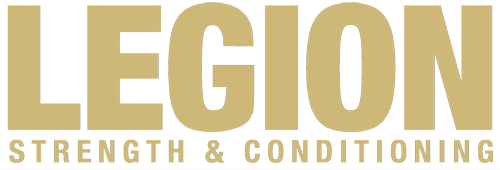

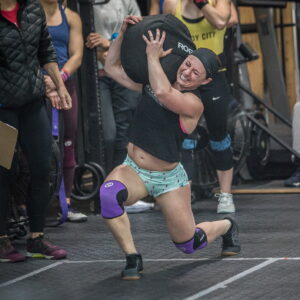
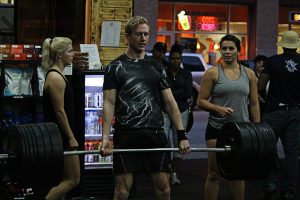
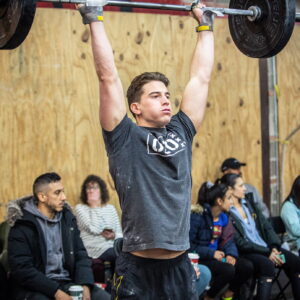
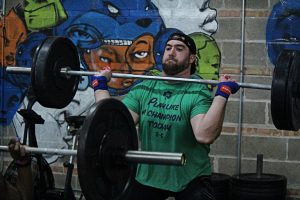
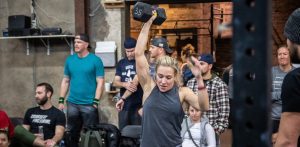
One Response